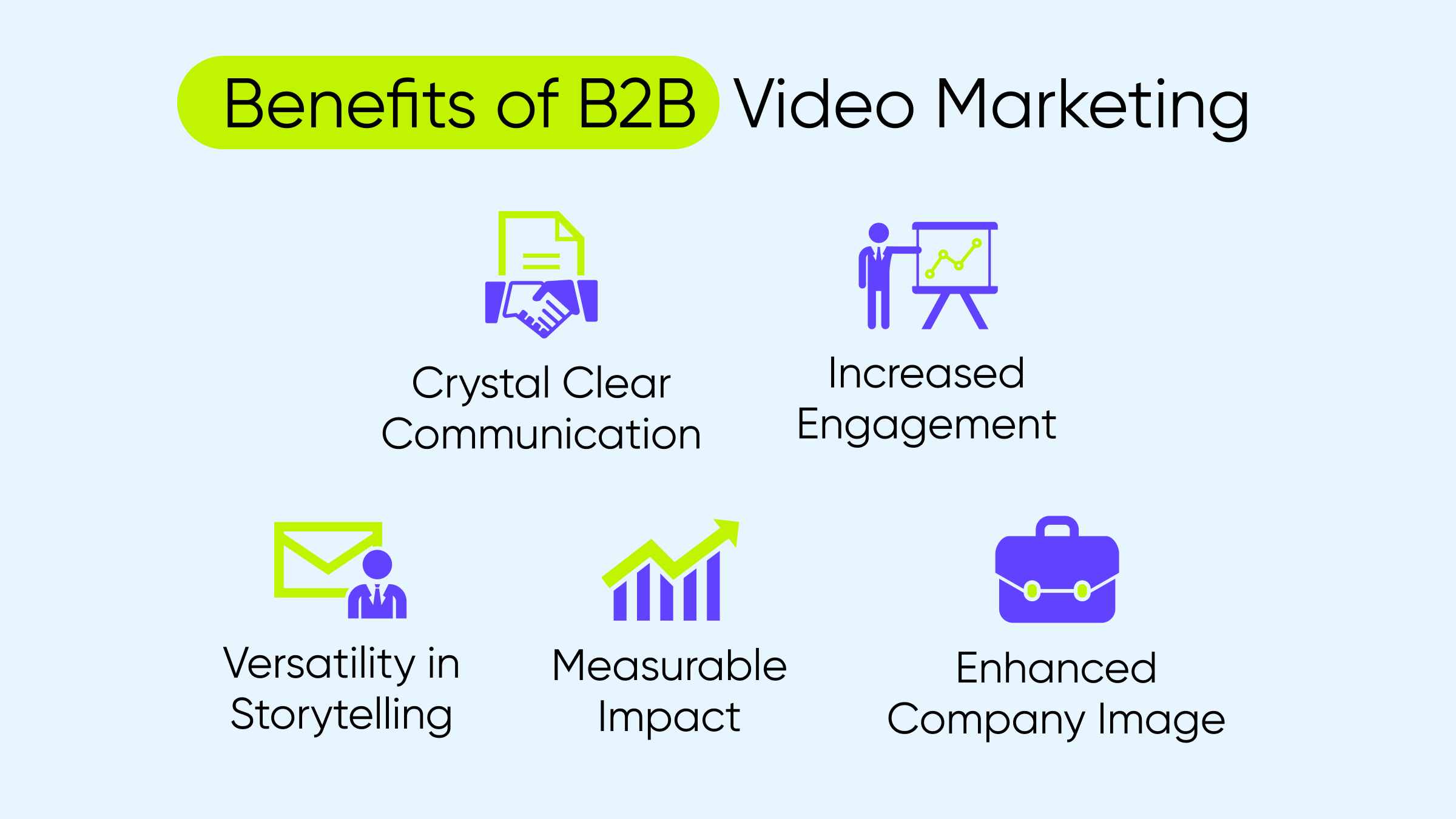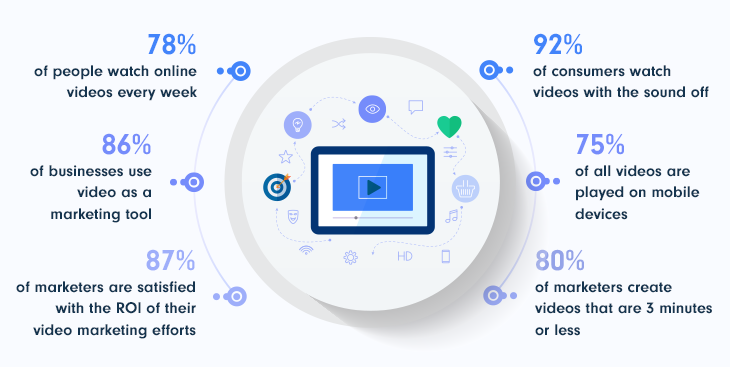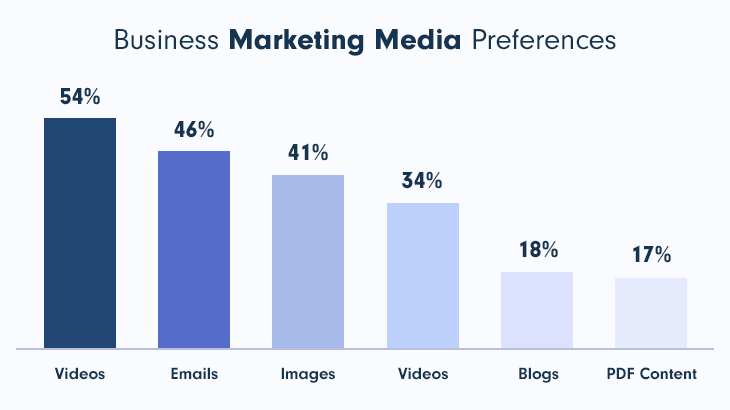When most marketers think of vertical video, they picture TikTok dances, viral consumer content, and Gen Z scrolling endlessly on their phones. But in 2025, vertical video is no longer just a consumer phenomenon. It’s emerging as one of the most effective tools in the B2B marketer’s toolkit—especially as more professionals consume content on mobile-first platforms like LinkedIn, YouTube Shorts, and Instagram Reels.
For B2B brands, this isn’t about chasing trends for the sake of novelty. Vertical video is about meeting audiences where they are, in the format they prefer, with stories that are designed to be consumed quickly and easily. If your business isn’t exploring vertical video yet, you’re leaving visibility, engagement, and credibility on the table.
Why Vertical Video Works for B2B Audiences
The argument for vertical video in B2B comes down to one simple truth: decision-makers are people, too. They use the same devices, engage on the same platforms, and are shaped by the same digital habits as consumer audiences.
- Mobile-first mindset. More than 80% of B2B buyers now research vendors on their mobile devices at some point in the buying journey. Vertical video feels natural in this environment, eliminating the need to rotate screens or resize windows.
- Higher engagement rates. Industry studies consistently show that vertical video generates higher completion rates and stronger engagement compared to horizontal formats, especially on platforms like LinkedIn and YouTube Shorts.
- Efficient storytelling. In a world where attention spans are shrinking, vertical video’s bite-sized storytelling makes it easy for professionals to get the information they need without sitting through a full webinar or whitepaper.
Vertical video isn’t about stripping away depth; it’s about presenting complex ideas in a format that meets audiences where they are.

Beyond TikTok: Platforms Driving Vertical Video for B2B
TikTok may have pioneered vertical video at scale, but the format has since spread across every major digital channel—many of which are central to B2B marketing strategies.
- LinkedIn: The professional network has leaned heavily into video content, with native vertical videos appearing in feeds and ad placements. Companies use vertical clips to promote events, share thought leadership, and highlight product launches.
- YouTube Shorts: While YouTube is often associated with long-form content, Shorts has become a powerful discovery tool. For B2B, Shorts are ideal for micro-educational content, product teasers, or snippets from longer demos.
- Instagram Reels: Once considered strictly consumer-focused, Reels are now a growing space for B2B employer branding, culture marketing, and thought leadership—especially for firms targeting younger professionals.
- Conferences & webinars: Recorded panels, fireside chats, or training sessions can be repurposed into vertical clips that extend the life of in-person events.
The common thread across all of these platforms? Vertical video feels native, and content that feels native performs better.
How B2B Brands Are Using Vertical Video Effectively
The beauty of vertical video is its flexibility. Forward-thinking B2B brands are finding creative ways to adapt the format across the funnel:
- Customer testimonials: Instead of lengthy case studies, short vertical clips featuring customer soundbites offer authentic, shareable proof of value.
- Thought leadership snippets: Executives and subject matter experts can deliver quick insights in under 30 seconds—perfect for keeping a brand top of mind.
- Behind-the-scenes content: From office tours to day-in-the-life clips, vertical video humanizes even the most technical organizations.
- Product demos: Micro-demos show off specific features or benefits, giving buyers a taste of value before committing to longer content.
- Recruitment campaigns: Highlighting company culture through vertical video helps attract top talent, especially younger generations entering the workforce.
For example, SaaS brands Bluetext partners with have seen success by repurposing long-form demos into vertical cuts, which serve as both awareness drivers and conversion tools. By meeting prospects in their feeds with digestible video, they create more touchpoints without reinventing the wheel.

Best Practices for Vertical Video in B2B Marketing
Getting vertical video right requires more than just cropping existing footage. The most effective brands take a strategic approach:
- Keep it short. Aim for 15–60 seconds. Professionals are more likely to engage when content is quick to consume.
- Design for silent viewing. Up to 80% of social video is watched without sound. Adding captions ensures accessibility and improves engagement.
- Prioritize mobile-first storytelling. Use tight framing, bold visuals, and direct messaging that works on small screens.
- Repurpose long-form content. Don’t start from scratch—turn webinars, whitepapers, and conference presentations into vertical video highlights.
- Measure what matters. Track watch-through rates, engagement, and conversions, not just views. In B2B, quality of engagement beats quantity.
By applying these best practices, vertical video becomes not just another format, but a high-performing piece of an integrated B2B content strategy.
The Future of Vertical Video in B2B
Vertical video’s rise is not a passing trend—it’s a reflection of broader shifts in how professionals consume and share information. Looking ahead, several factors will make vertical video even more central to B2B marketing:
- Generational change. Younger decision-makers who grew up on mobile-first content are moving into leadership roles. Their expectations will shape how B2B brands communicate.
- AI-powered editing. Tools are making it easier to automatically repurpose long-form video into polished vertical snippets at scale.
- Omnichannel integration. Vertical video will no longer live solely on social—it will be embedded in websites, sales enablement platforms, and internal communications.
- Performance-based expectations. As vertical video becomes standard, stakeholders will expect measurable ROI, pushing marketers to refine their strategies even further.
In other words, vertical video is moving from “nice to have” to “must have.” The B2B brands that embrace it now will have a competitive advantage as audiences continue shifting toward mobile-first experiences.

Vertical Video Is the New B2B Standard
Vertical video is not just a TikTok trend. It’s a fundamental shift in how information is shared and consumed across industries. From LinkedIn thought leadership clips to repurposed conference highlights, B2B brands that adopt vertical video are seeing stronger engagement, broader reach, and more meaningful connections with their audiences.
The question isn’t whether vertical video belongs in B2B marketing—it’s how quickly you can integrate it into your strategy.
At Bluetext, we help businesses build content strategies that resonate in the channels and formats that matter most. If you’re ready to explore how vertical video can elevate your B2B marketing, contact us today to start building your vertical-first strategy.




